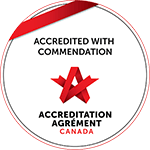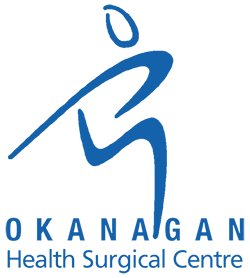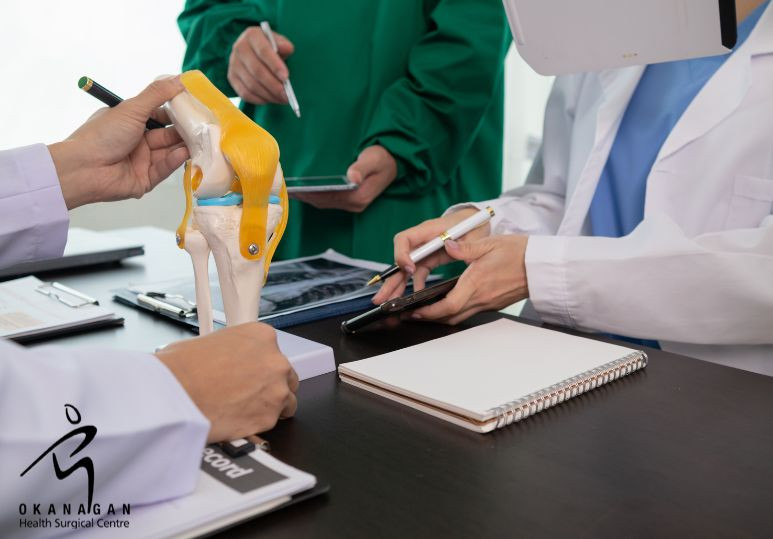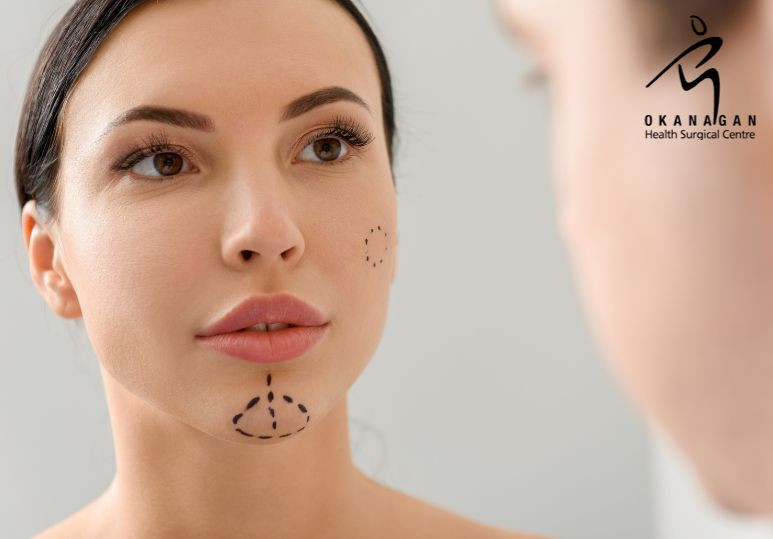Microdermabrasion vs Dermabrasion
The key difference between microdermabrasion and dermabrasion is the intensity of the treatment. While microdermabrasion resurfaces the epidermis, removing dead skin cells, dermabrasion is a more intensive approach that removes deeper layers of skin cells. For this reason, the technique must be performed by a board-certified facial plastic surgeon such as one of our team members at Okanagan Health Surgical Centre.
What Is Microdermabrasion?
Microdermabrasion is a safe, non-surgical skin renewal technique that exfoliates upper layers of dead skin cells using a handheld device that is guided lightly over the face. The gentle abrasion process does not affect your deeper layer of skin cells, called the dermis. This means the pain and the recovery time is less than it can be with full dermabrasion. Immediately after a treatment session, patients commonly experience desired results. It also makes microdermabrasion a popular alternative to BOTOX® for treating a number of conditions including:
- Sun damaged skin
- Acne scars and clogged pores
- Fine lines/wrinkles
- Age spots
- Oily, dry, or patchy skin
Microdermabrasion triggers collagen production that can provide long-term benefits for patients of all skin types and ages. Overall, microdermabrasion benefits can be summarized as:
- Minimally-invasive
- Recovery is quick
- Little or no skin irritation, and redness
What Is Dermabrasion?
If you have deep scars as a result of disease or injury, if you have hyperpigmentation, or deep wrinkles, dermabrasion is an effective procedure to consider. It can also address tattoo scars, liver spots, and skin lesions.
Dermabrasion penetrates deeply into your skin’s layers, in effect to exfoliate aged and dead cells. Once the skin is cooled, a high-speed device sends crystals over your skin, activating the body’s healing response, and a new layer of skin will develop. This will improve the contour of your face with a smooth, refreshed appearance. Dermabrasion is a surgical procedure, which involves some discomfort and pain that can be controlled with pain medication. For the first week after treatment, you may see crusting of the skin, and it may take another week or two for the redness to subside. Compared to microdermabrasion, dermabrasion produces dramatic results, and is of great benefit to those who are impacted by severe skin issues.
Resurface, Renew and Refresh
With the innovative technologies in cosmetic dermatology, patients no longer have to resort to extensive plastic surgery to help counteract the effect age has on their skin. If you’re not ready to consider a more invasive treatment such as a facelift surgery, dermabrasion is an excellent option to refresh your appearance.
At Okanagan Surgical Health Centre, we provide world class care and expertise to our patients who seek to reshape the structures of their face in order to improve physical appearance and boost their self-confidence. Inquire to find out if skin resurfacing is for you at 1-250-868-9799 or fill out the contact form.
FAQ
Q: Am I a candidate for microdermabrasion or dermabrasion?
A: Before deciding on a facial resurfacing treatment, it’s important to schedule an in-depth consultation with a skin care specialist so they can identify your particular skin concerns & aesthetic goals and determine which skin treatment is right for you.
Q: What are the risks of dermabrasion?
A: The treatment involves a certain amount of pain and discomfort, as well as a longer recovery time, as compared to microdermabrasion. Patients who undergo dermabrasion may be at greater risks than those who opt for microdermabrasion, such as infection, permanent changes in skin colour, and scarring.
Q: What can I expect of a dermabrasion treatment?
A: Dermabrasion is a controlled surgical technique used to trigger the growth of new, youthful skin. It is intensive and may require local or general anaesthetic. The procedure can take up to 2 hours, and the recovery time is 10 to 14 days, depending on the degree of resurfacing. After the procedure, pain can be managed with over-the-counter medication. Your skin will be red, irritated, and potentially swollen until the surface of your face heals. To learn more, read The Uses And Benefits Of Dermabrasion.







